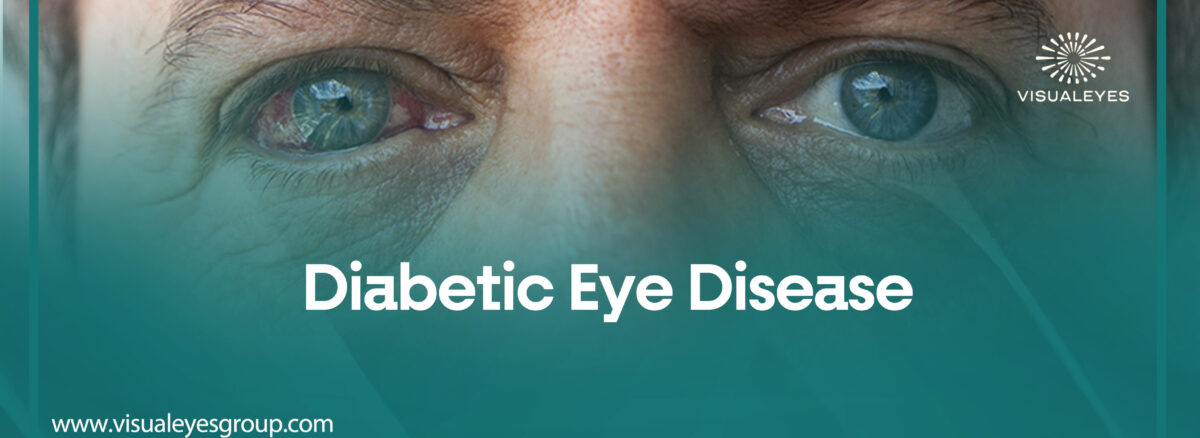


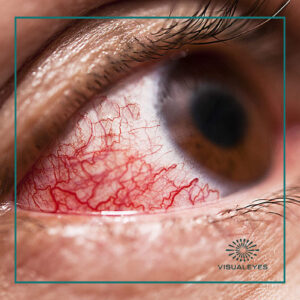
Introduction
Diabetes is a long-term (chronic) illness that affects how your body uses food as fuel. Although it has a well-known negative impact on blood sugar levels, many people might not be aware of the possible risk it poses to eye health.
Diabetic Eye Disease
Diabetic eye disease is a group of eye problems that can affect people with diabetes. These conditions include diabetic retinopathy, diabetic macular edema, cataracts, and glaucoma.
Eye Problems
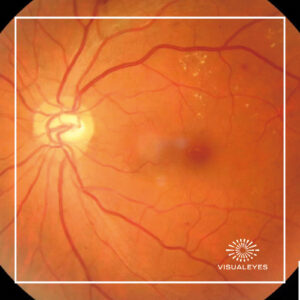
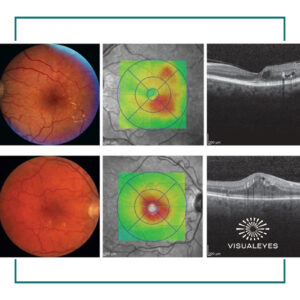
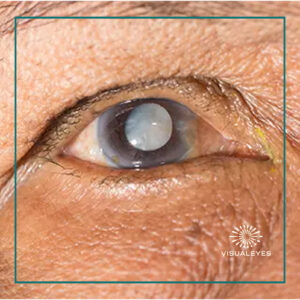
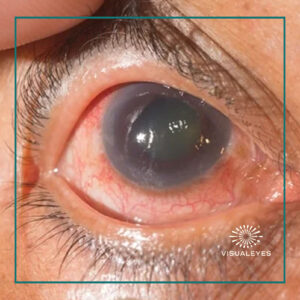
Factors that can increase your risks of developing diabetic eye disease
There are several factors that can increase your risks of developing diabetic eye disease. These include:
How Important Awareness Is
Being aware helps you practice different precautionary measures. These measures include: Regular eye checkups, maintaining a healthy lifestyle which includes exercising regularly and maintaining a good diet.
Do you have diabetes or know anyone with diabetes? Urge them to get checked
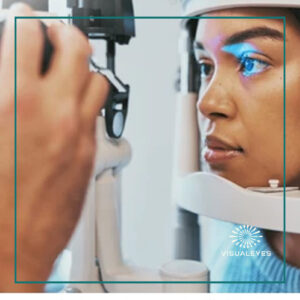
Conclusion
Diabetes has a major side effect called diabetic eye disease, which needs to be recognized and treated. People with diabetes can actively protect their vision by being aware of the risks, leading a healthy lifestyle, and making routine eye exams a priority. Together, let’s raise awareness of diabetic retinopathy and provide individuals who are susceptible with the tools they need to take charge of their eye health.